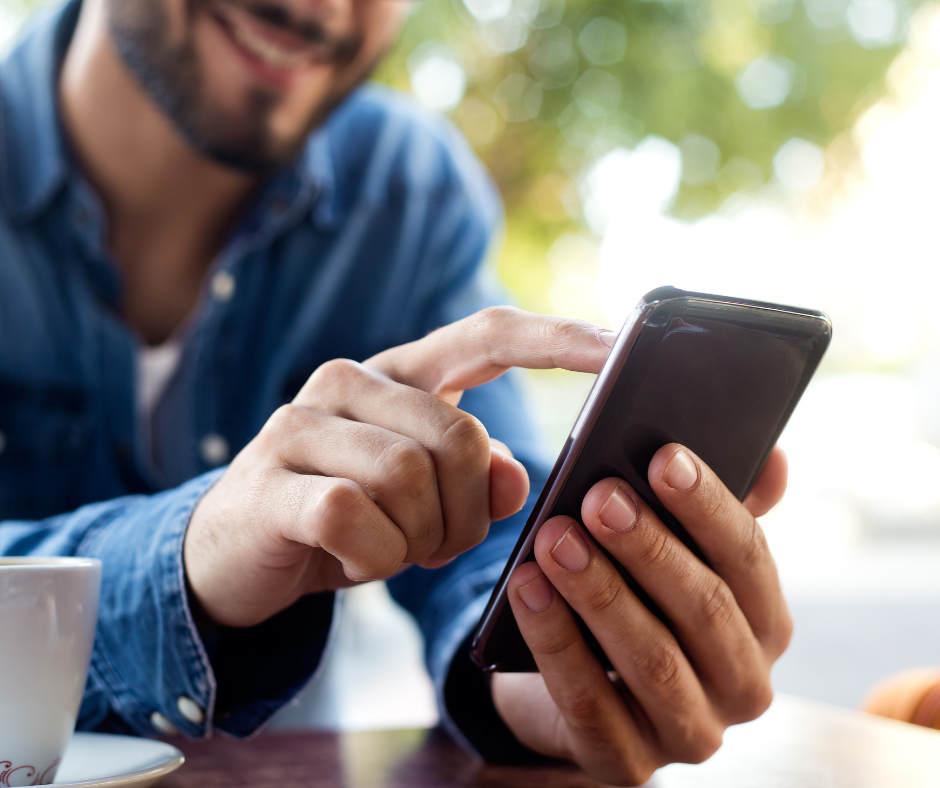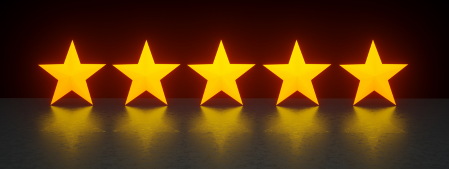
Subscribe to our newsletter!
We don't spam. You will only receive relevant and important tips for you and your business.
Unsubscribe anytime.
When homeowners search online for nearby services, you want your business to be one of the first names they see. That’s where local SEO comes in. Local search engine optimization helps small businesses increase visibility in specific geographic areas—particularly valuable for home service providers.
And with local searches now making up 46% of all Google queries, competition has never been more intense. To outrank your competition on Google, it’s essential to understand how local SEO works and what steps you can take to stand out.

The Local Pack is a prominent section of Google’s search results that features a map and the top three local business listings related to a search. These listings include the business’s name, address, and phone number (NAP), along with reviews and other key details.

Getting into the Local Pack has become more competitive over the years. But with the right strategy, it's still possible to outrank your competitors.

There are many factors that the algorithms look at, but we'll highlight three of the bigger ones that determine which local businesses appear in search results:



Interestingly, Google may sometimes rank a business farther away if it’s deemed a better match for the query. This means you don’t always have to be the closest, just the best.
RELATED: How does Google ranking work?
If you want to rank higher locally and earn a spot in the Local Pack, you need to optimize your online presence across several areas.
A Google Business Profile is a free method for businesses to optimize their SEO strategy and improve their local ranking. Although it’s important for all businesses to have a Google Business Profile, it can be most beneficial for small businesses.
Bing Places for Business is a similar feature on Microsoft’s search engine, Bing. Like Google, business owners can update their information and add photos to enhance their profile. However, unlike Google Business Profile, a Bing Places for Business listing doesn’t include the capability to create posts or manage user’s questions and reviews.
To make it easy for users and search engines to find you, set up your NAP. This stands for name, address, and phone number. This should be included as crawlable HTML text on your site. The most common location for the NAP is in the header or footer.

The NAP should be consistent throughout the web to further verify the information Google has about your business. Users don’t only search for businesses on Google. They also use Facebook, local directories, and other search engines, so the NAP on your site should match what’s on all of these sites as well. Inconsistencies will confuse Google and result in a poor user experience, negatively impacting your ranking.
Every page on your website should have a unique, locally optimized title and meta description. Include your city, region, or neighborhood where appropriate.
In your content, use headers (H1s, H2s) with relevant local keywords to give Google clear signals about the geographic focus of your page.
Tip: If you serve multiple areas, create a dedicated landing page for each location. This allows each page to target hyperlocal keywords more effectively.

Ensure:

Backlinks from other websites act as votes of confidence in your business. The more credible links you have, the more likely you are to outrank your competition.
Start by identifying sites that already link to your competitors using tools like Ahrefs’ Link Intersect Tool. Then, reach out to those sites or find similar opportunities in your niche.
Local backlinks—such as those from community organizations, newspapers, or local bloggers—can be especially valuable.
Participate in local events, sponsor community initiatives, or join your local Chamber of Commerce. These activities often lead to natural mentions and links from reputable local sources, helping you boost both visibility and trust.

Beating the competition isn’t just about keywords, it’s about creating a better experience for your customers.
Although SEO is important, the business that ultimately excels at user experience and customer service is likely to always come out on top. This can't be faked with keyword stuffing or other poor SEO tactics.
Deliver top-tier service and let your customers become your advocates. Outstanding reviews and strong word-of-mouth will always be more powerful than any quick SEO trick.
If you genuinely care about ranking well in your area, consider working with a digital marketing agency. Agencies bring experience, tools, and insights that help you rise above competitors and earn your place at the top.
Need help climbing the ranks? Get in touch with our team at Hoist and let’s build a winning local SEO strategy together.
Let's get your business in the local pack!